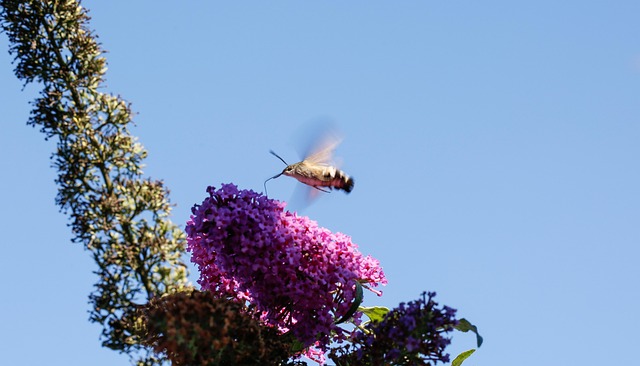Native plant selection to support local pollinators
Choosing native plants for your yard or containers can increase habitat value for bees, butterflies, and other pollinators while reducing maintenance needs. This article explains how to select species that match your region, improve soil and watering strategies, and combine landscaping techniques like xeriscaping and container gardening to make pollinator-friendly spaces that work with local conditions.

Native plant selection to support local pollinators
Creating a pollinator-friendly landscape begins with choosing plants that evolved in your region and meet the needs of local pollinators. Native species tend to be better adapted to local soil, climate and seasonal patterns, which helps support bees, butterflies, moths and other beneficial insects. Thoughtful planning also reduces reliance on chemical pest control and excessive fertilization while improving biodiversity across the garden.
Choosing natives
Select a mix of spring, summer and fall bloomers so nectar and pollen are available throughout the season. Look for locally recommended lists from extension services or native plant societies because those sources reflect regional adaptation and nectar value. Use a variety of growth forms—grasses, wildflowers, shrubs and small trees—to provide shelter, larval host plants and foraging resources. If space is limited, consider natives suitable for container planting as well.
Supporting pollinators
Design for diversity: different pollinators favor specific flower shapes, colors and bloom times. Group same-species plantings to make flowers more visible to bees and butterflies. Include host plants for caterpillars and leave some structural debris or patches of bare ground for ground-nesting bees. Avoid broad-spectrum pesticides; instead employ targeted pest control strategies and beneficial insects when necessary to preserve pollinator health.
Building healthy soil
Healthy soil supports robust blooms and higher nectar production. Test soil to determine texture, pH and nutrient levels before planting. Many natives thrive in leaner soils and do not require heavy fertilization, but some sites benefit from modest, slow-release nutrients. Improve soil structure with organic matter to retain moisture and encourage beneficial microbes that aid plant health.
Composting and fertilization
Composting is an effective way to enrich soil without overusing synthetic fertilizers. Add finished compost to planting holes or work it into beds to increase organic content and water retention. When fertilization is needed, choose conservative applications and use formulations suited to native species. Excessive fertilizer can favor aggressive non-natives and reduce floral quality for pollinators, so aim to match nutrient inputs to the plants’ real needs.
Water and irrigation
Irrigation choices affect both plant establishment and long-term maintenance. Many native species require supplemental water only during establishment; efficient irrigation—drip systems or soaker hoses—reduces runoff and conserves water. For xeriscaping approaches, group drought-tolerant natives together to minimize irrigation needs. For larger projects, consult local services in your area for irrigation design and installation that supports pollinator plantings without overwatering.
Mulching and pruning
Mulching conserves moisture, moderates soil temperature and suppresses weeds that compete with natives. Use organic mulches sparingly and keep them away from plant crowns to avoid rot. Pruning should respect pollinator lifecycles: delay hard pruning until after flowering and avoid removing seedheads or stems that may host overwintering insects. For container gardens, refresh potting mix periodically and prune to maintain bloom vigor.
Integrating xeriscaping and container options
Xeriscaping and container gardening expand where pollinator habitat can be established—rock gardens with drought-tolerant natives or balcony containers can both support pollinators. Choose species adapted to dry conditions for xeriscapes and use well-draining mixes for containers. Even small patios benefit from planters with a sequence of bloom times to provide continuous resources for pollinators visiting urban areas.
Landscaping layout and pest considerations
Design landscape patches with pollinators in mind: connect planting areas to create corridors, cluster blooms for visibility, and include water sources such as shallow dishes with stones. When pest issues arise, prioritize integrated pest management tactics—monitoring, physical removal, and targeted biological controls—before resorting to insecticides. Minimizing chemical inputs helps maintain beneficial insect populations and overall garden resilience.
Conclusion
Selecting native plants tailored to your region and combining thoughtful practices—healthy soil management, composting, appropriate fertilization, efficient irrigation, mulching and careful pruning—creates resilient landscapes that support pollinators. Whether you are planning a large yard, a xeriscaped plot, or container plantings, choosing the right species and maintenance approach can foster seasonal blooms, reduce resource use, and contribute to local biodiversity without heavy intervention.





